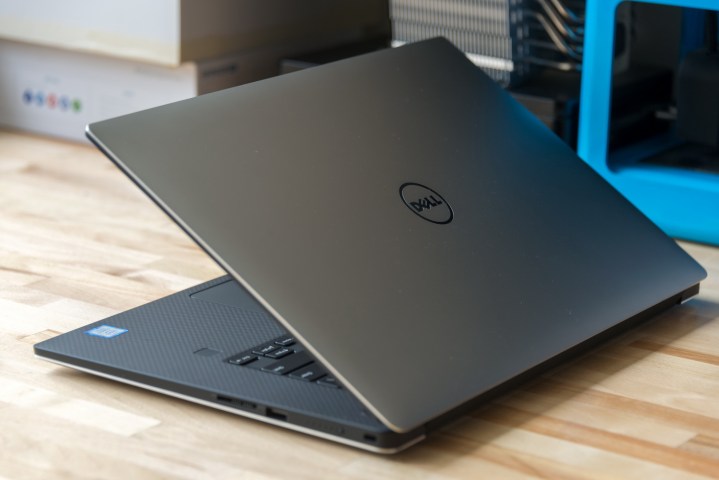
Thunderbolt 3 technology consists of four data links — two separate outgoing links speeding along at 20 gigabits per second (Gbps) each, and two separate incoming links at 20Gbps each. That essentially means Thunderbolt 3 is capable of sending data at 40 Gbps, and receiving data at 40Gbps.
On the PC end, the controller managing the Thunderbolt 3 connection has access to four PCI Express lanes on the motherboard running at 8Gbps per lane (32Gbps total). It also has access to two 4-lane DisplayPort video outputs, with each output supporting up to 32.4Gbps (4x 8.1Gbps each). And because Thunderbolt 3 uses the USB-C port, it even has access to four USB 3.1 Gen2 lanes at 10Gbps each.
The Thunderbolt 3 controller switches between PCI Express, DisplayPort, and USB modes, depending on the connected device. But there are situations where the link between the PC and external device is throttled/bottlenecked because the Thunderbolt cable simply doesn’t support four links. On devices with Thunderbolt 3 and USB-C ports supporting only USB 3.1 Gen1 lanes (5Gbps each), the Thunderbolt 3 aspect is bottlenecked to a theoretical 20Gbps.
But there are also situations where the Thunderbolt 3 controller simply doesn’t have access to the parent PC’s full complement of PCI Express and DisplayPort lanes. That’s why the question to Anzor about four-lane Thunderbolt 3 support popped up on Twitter.
In previous models of the Dell XPS 15, such as the 9350 and supposedly the 9550, the Thunderbolt 3 controller only had physical access to two PCI Express lanes on the motherboard, reducing the input and output data link speeds to 16Gbps. The speeds still fall within the frame of the “up to 40Gbps” advertisement because that maximum speed listed by Intel is only theoretical anyway, similar to how router makers promote high wireless numbers that will never be seen in the real world.
Regardless, Anzor indicated that the Thunderbolt 3 port on the next XPS 15 laptop will have access to the full four PCI Express lanes for speeds of up to 32Gbps. Of course, if the laptop has two Thunderbolt 3 ports, then the data rate stemming from the four PCI Express lanes will be shared, lowering the input and output link rates between the parent PC and external device.
Outside the Thunderbolt 3 aspect, Anzor said that the next XPS 15 will “be faster all around, and the display option will continue to be the absolute best available.” Variants will reportedly be based on Intel’s eighth-generation “Coffee Lake” processors, and sport impressive features such as display resolutions up to 5,120 x 2,880, and possibly even a discrete GeForce GTX 1060 graphics chip.


